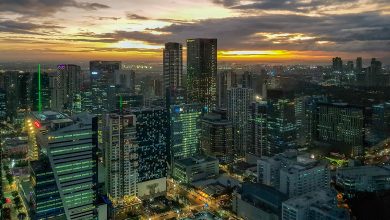
Petsa de Peligro: Why It Happens and How to End It
For many Filipino workers, “petsa de peligro” describes those tense days before payday when every peso counts. It’s not just about budgeting—it’s a mix of rising prices, stagnant wages, and everyday habits that keep people living paycheck to paycheck.
When Productivity Grows, But Wages Don’t
Despite worker productivity nearly doubling since 1989, real wages have dropped by about 23% in the same period. Employees work harder but earn less in buying power, while company profits have more than doubled.
So even if people are more efficient and businesses are thriving, workers see little improvement in their own quality of life. Instead, they face the same rent, bills, and grocery costs that continue to rise. And without breathing room in their income, families cannot set aside emergency funds, which can push them further into debt.
What Can Help?
Economists suggest region-sensitive wage increases, paired with productivity support for small businesses so workers keep up with the cost of living without triggering big price hikes. It could also help to enforce stronger labor rights, push for affordable housing, and implement price control measures for essential goods.
But good financial education is just as important. This teaches workers how to budget, save, and grow their income, even within limited means.
There Was a Wage Increase?
On July 18, a ₱50 daily minimum wage increase took effect in Metro Manila, raising the non-agricultural sector rate from ₱645 to ₱695—the highest hike ever granted. Agriculture, service, and small manufacturing workers also saw an increase from ₱608 to ₱658.
According to the Department of Labor and Employment (DOLE), this adjustment will benefit about 1.2 million minimum wage earners in the region. However, “petsa de peligro” remains a harsh reality for many. In fact, in Metro Manila alone, the daily minimum wage still covers only about half of what a family of five needs for basic expenses.
READ: Raket Culture: Why Filipinos Are Masters of the Side Hustle
“Petsa de peligro” shows a sign of deeper gaps between wages and living costs. Because until earnings match both productivity and basic needs, this concept will remain a fixture in Filipino life. For now, the challenge lies in making every peso go further while pushing for changes that ensure workers can live with dignity.




